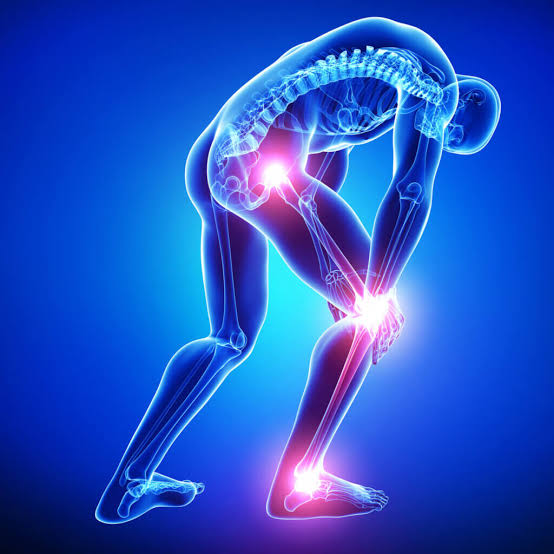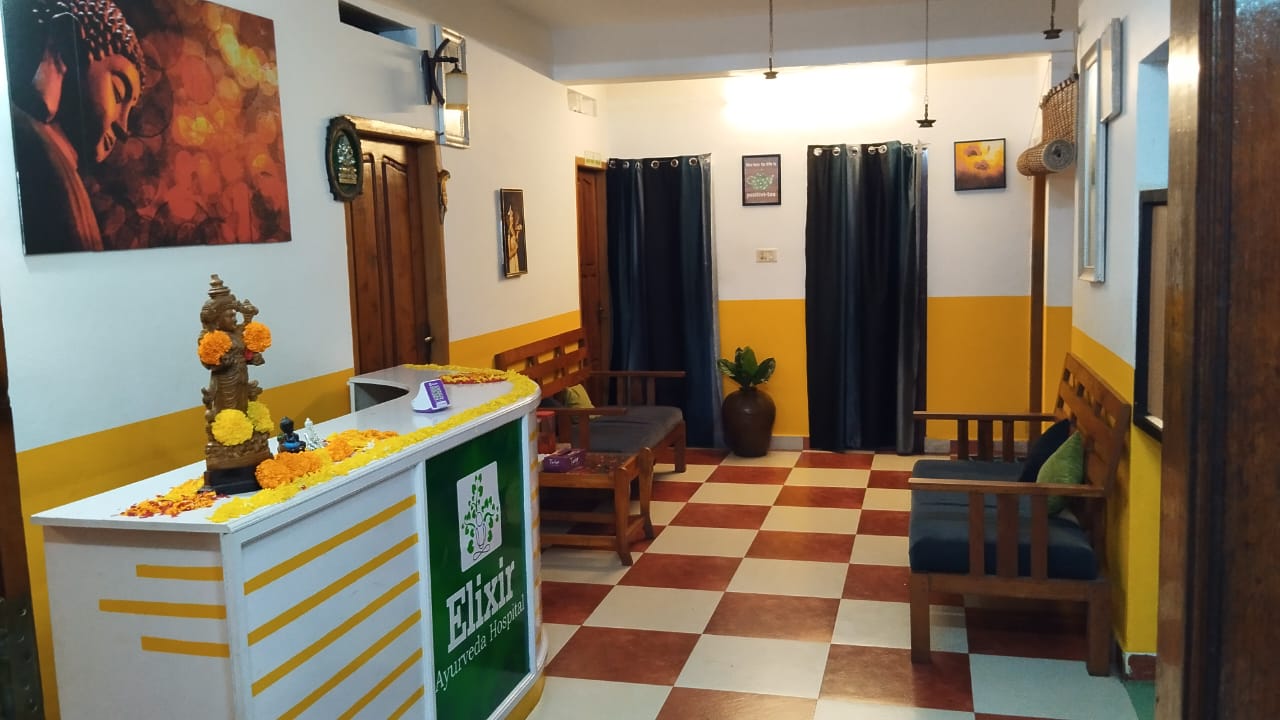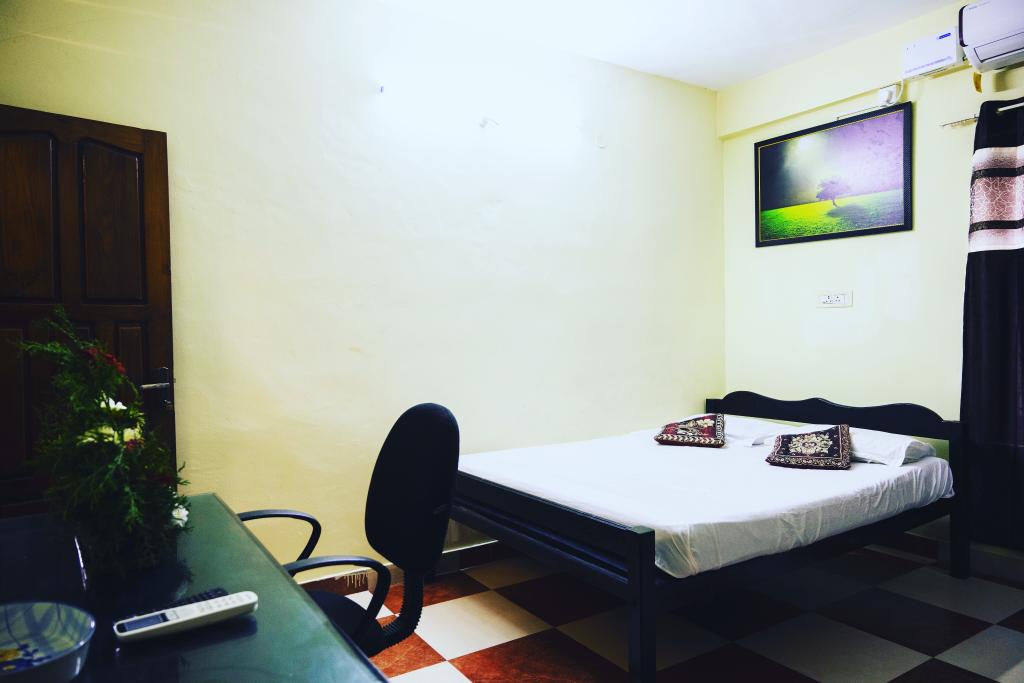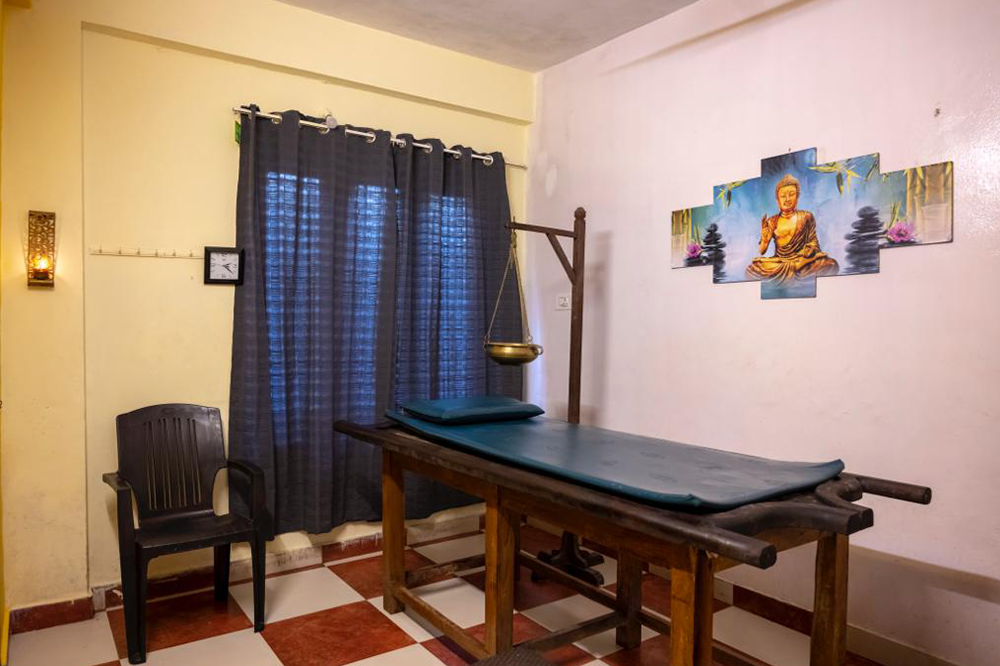Sciatica Ayurveda Treatment offers an all-inclusive approach to alleviating pain. Sciatica is a prevalent and debilitating condition that affects millions of people worldwide. Characterized by excruciating pain radiating along the path of the sciatic nerve, this condition can significantly disrupt one's quality of life. In the pursuit of relief from sciatica, individuals often turn to various treatments, including medications, physical therapy, and surgery. However, Ayurveda, the ancient holistic healing system, offers an alternative and effective approach to managing and treating sciatica.
Understanding Sciatica: Causes and Symptoms
Before delving into Ayurvedic treatments for sciatica, let's first comprehend the condition itself. Sciatica is primarily caused by the compression or irritation of the sciatic nerve, which is the longest nerve in the human body. This nerve extends from the lower back, through the buttocks, and down the back of each leg. When the sciatic nerve is compromised, it results in a range of distressing symptoms:
Shooting Pain:
The hallmark of sciatica is a shooting pain that can occur anywhere along the sciatic nerve's path. This pain often originates in the lower back and travels down the buttock and leg on one side of the body.
Numbness:
Individuals with sciatica may experience numbness in the leg, particularly along the path of the affected nerve.
Tingling Sensation:
Many sufferers also report a tingling sensation in the feet and toes of the affected leg.
Common Causes of Sciatica
Sciatica can have various underlying causes, but the most frequent culprit is a herniated disc in the lumbar spine. This herniation exerts pressure on the nerve roots, leading to the characteristic symptoms of sciatica. Other factors that can contribute to sciatica include degenerative disc diseases, spinal stenosis, muscle spasms, and even pregnancy.
Sciatica in Ayurveda: Ghridhrasi
In Ayurveda, sciatica is known as "Ghridhrasi." The term "Ghridhrasi" is derived from "Ghridhra," which means eagle. This name is fitting because the gait of a person suffering from sciatica often resembles the walk of an eagle. According to Ayurveda, sciatica is primarily caused by an imbalance in the Vata dosha.
Ayurvedic Approach to Sciatica Treatment
Ayurveda offers a comprehensive and holistic approach to treating sciatica. Instead of merely addressing the symptoms, Ayurvedic therapies focus on rebalancing the body, strengthening the affected area, and promoting overall well-being. The Sciatica Ayurveda treatment consists of three key approaches:
Shodhana (Elimination):
This step involves eliminating accumulated toxins from the body. Ayurvedic treatments aim to detoxify the digestive system, metabolism, and the disease process.
Shamanam (Pacification):
Ayurveda employs pacification techniques to alleviate inflammation, reduce pain, and soothe the affected area. These therapies help in releasing spasms and nerve compressions.
Rasayanam (Rejuvenation):
The rejuvenation phase focuses on nourishing and strengthening the bodily tissues to regain and maintain natural strength and vitality. This step is crucial for long-term relief from sciatica.
Ayurvedic Therapies for Sciatica
Ayurveda utilizes a range of therapies and treatments to effectively manage sciatica. Some of the most prominent therapies include:
Abhyangam:
Abhyangam is a traditional Ayurvedic massage that uses therapeutic oils to relax the body, improve circulation, and alleviate pain.
Dhanyamla Dhara:
In this therapy, a herbal decoction is poured over the affected area, helping to reduce inflammation and pain.
Pathrapinda Swedam (Elakkizhi):
This treatment involves the application of herbal poultices that are heated and applied to the affected area. It is highly effective in reducing inflammation and relieving pain.
Kateevasthi:
Kateevasthi is a localized treatment where medicated oils are retained in a well created around the lower back. It helps in strengthening the muscles and relieving pain in the lumbar region.
Njavarakkizhi:
Njavarakkizhi is a therapy in which the body is massaged with small linen bags filled with cooked Navara rice. This nourishing therapy helps in rejuvenating the body.
Ayurvedic Diet for Sciatica Management
Diet plays a crucial role in the Ayurvedic treatment of sciatica. A balanced diet can help in reducing inflammation, improving digestion, and promoting overall healing. Here are some dietary guidelines for individuals with sciatica:
Include More Fruits and Vegetables:
Fresh, seasonal fruits and vegetables are rich in vitamins, antioxidants, and fiber. They support the body's healing process.
Ginger:
Incorporate ginger into your diet, as it possesses anti-inflammatory properties that can help alleviate pain and reduce inflammation.
Omega-3 Fatty Acids:
Foods rich in omega-3 fatty acids, such as flaxseeds and fatty fish, can help reduce inflammation and support joint health.
B12 (Riboflavin):
Vitamin B12 is important for nerve health. Include foods like lean meats, dairy, and fortified cereals in your diet.
Foods to Avoid:
Chocolate
Caffeine
Alcohol
These substances can exacerbate inflammation and worsen sciatica symptoms.
Holistic Healing for Sciatica
Incorporating Ayurvedic principles and treatments into your sciatica management plan can lead to long-lasting relief and improved well-being. However, it's important to remember that Ayurveda is a holistic system that considers the individual as a whole. Thus, alongside Ayurvedic treatments, adopting a healthy lifestyle that includes regular exercise and stress management is crucial in Sciatica Ayurveda treatment effectively.
If you're experiencing the symptoms of sciatica, it's advisable to consult with an Ayurvedic practitioner who can provide personalized guidance and treatments tailored to your specific condition. Remember that Ayurveda takes a holistic and individualized approach, which can lead to a more profound and lasting resolution of sciatica-related issues. Don't let sciatica hold you back from enjoying life to the fullest—explore the holistic benefits of Ayurvedic sciatica treatment today.
FAQ's
Q1.What diet is effective in reducing the sciatic pain?
Follow diet which balances vata dosha. Have lot of green leafy vegetables, fruits and drink lots of water to hydrated.
Q2.What are the risk factors for sciatica?
Age, Obesity, Occupation, Prolonged sitting, Diabetes, Often pregnancy can also cause Sciatica
Q3. What are yogic postures to reduce the pain of sciatica?
1. Balasana (child pose)
2. Adhomukha swanaasana (Downward facing dog pose)
3. Half-moon pose (Ardha chandrasana)
4. Bhujangasana (Cobra pose)
5. Shalabhaasana (locust pose)


























